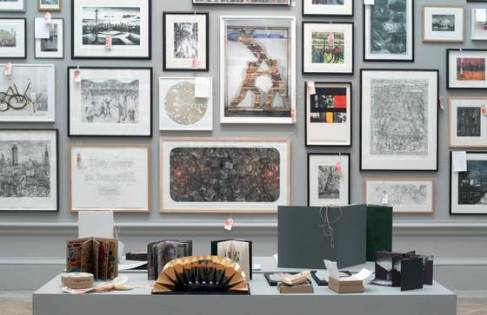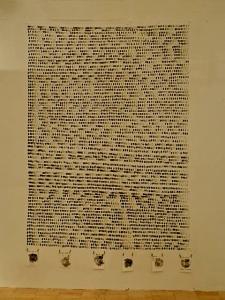A couple of weeks ago I finally went to go see the Summer Exhibition at the Royal Academy of Arts. I was looking forward to this trip since I had wanted to go last year and I love the idea that any artist can enter their work into this exhibition. Of course, since any artist can enter their work I was expecting quality to be varied, and I was not disappointed. There was some excellent artwork; my particular favourite was a painting of a treacle jar. I even got a postcard of it, it just looked so realistic and it was obvious the artist had taken so much care over it.
Looking back there was also artwork that I disliked. To me, some of the paintings were just plain bad quality. However, after reading some of the introduction to The Story Of Art by E. H Gombrich I suddenly realised that I may have been a bit quick to judge on these paintings. When I came to a painting I would look at it, find it in the catalogue and if I liked it I would analyse and think about the painting, if I didn’t like it then I would just gape at the price, say some snide comment to my friend about it and move on. But now I regret not looking at those paintings. Although at first they may not have seemed aesthetically pleasing to me, if I had bothered to analyse it; look deep into the background and wonder why those figures are in the place that they are, I may have come to really like that piece.
In my last post I wrote about how you should stop and think about a painting, but here I was days later being a hypocrite to my own thoughts. I realise now that being analytical about every painting you see is much harder in practice. It takes time to see the potential in paintings you come across, in this summer exhibition particularly as there are so many pieces of artwork around you. Every wall is covered in paintings with different themes and in different sizes. My advice to anyone thinking about attending this exhibition this summer is to go twice. You simply can’t take it all in in one go. My plan is to go again at some point this summer and not look at the paintings that I like, but the ones that, at my first glance, I don’t particularly like. I want to analyse them and think about why I don’t like them. I want to think about the artist and who they are, and what inspired them.
I do recommend this summer exhibition, not because of the amazing art in it but because of the variety of artwork. It could really open your eyes.
The following photo is off the royal academy website. But I want to show what the walls look like in this exhibition.


